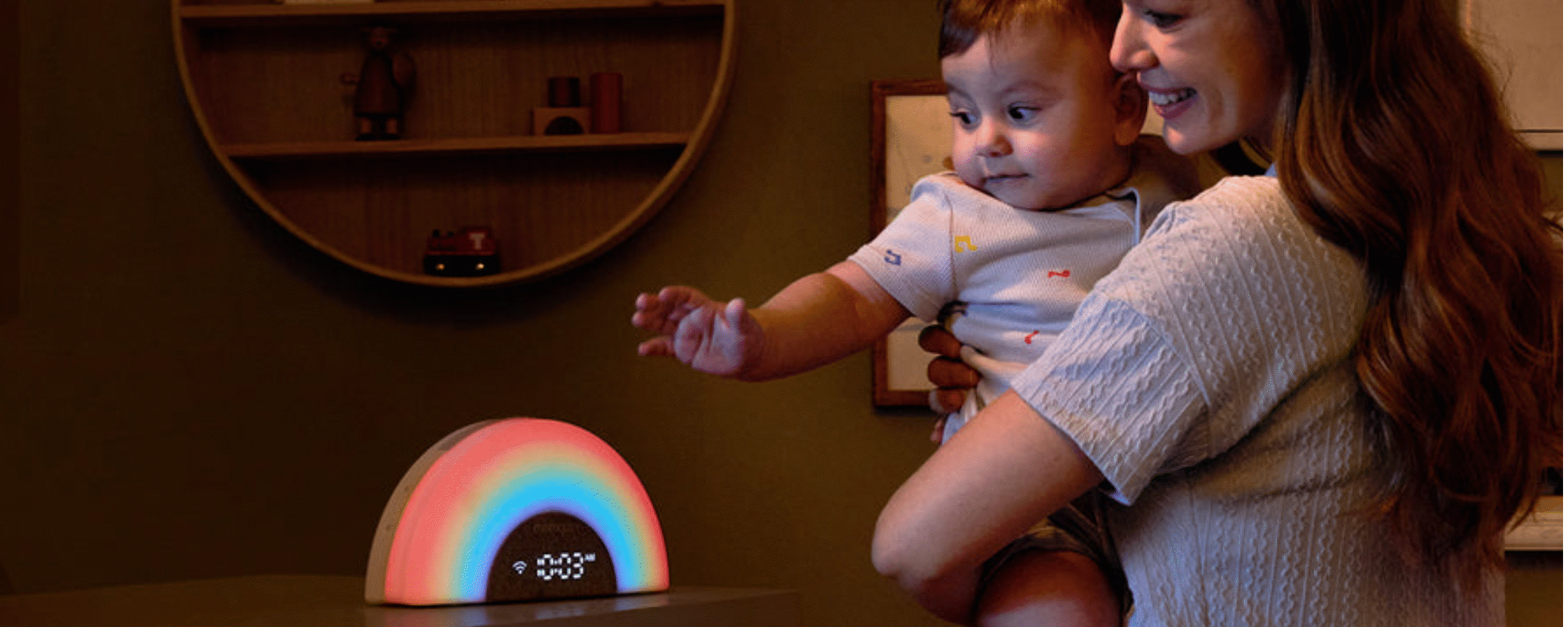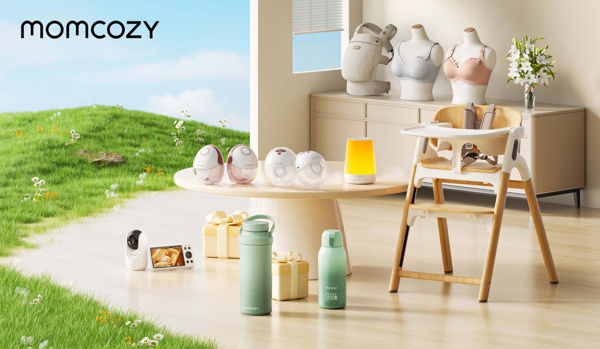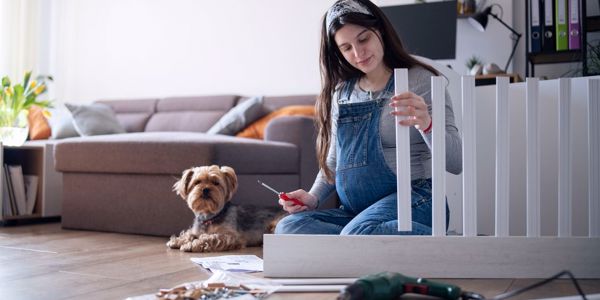If you've landed here because you're currently bedsharing or room-sharing and don't want to any longer, we're here to help! Chances are you've found yourself in the middle of the ultimate sleep struggle: getting your little one to sleep alone in their own crib. You're definitely not alone in that struggle.
As a fellow parent and sleep enthusiast, I'm here to share some tried-and-true tips to make the transition smoother for both you and your little one.
Plus, we've got an exclusive discount code for our favorite sound machine!
Check out our real mom review of the Momcozy Sound Machine and get 15% off:
Save NowCreate a Familiar Space
First things first, we want to make sure their crib and sleep space are familiar to them and that we create positive associations with them. Hanging out in there during the day for short periods and doing fun things like playing and reading can go a long way in making sure they’re comfortable in that environment.
Set Sleepy Vibes
Next, set up their sleep environment so that it creates those sleepy vibes. Use dim lighting during their routines, hang blackout curtains, and use a soft, cozy sleep sack for naps and overnight sleep.
One of the best ways to set a good sleep environment is using a smart sound machine, like the Momcozy DreamSync™ Baby Sound Machine. This multifunctional tool offers a range of features designed to support your child's sleep, including 34 sound options, seven nature-inspired light options, and handy "Time-to-Rest" and "Time-to-Rise" cues, assisting in establishing consistent sleep and wake times for your little one.
Soothe your fussy baby with the wide range of light and sound options, and set a regular combination as a cue for bedtime that your little one will pick up on, learning to wind down when needed.

Investing in a smart sound machine that will last your little one throughout the years is a great way to ensure they have an optimized environment for high quality sleep!
Check out our real mom review of the Momcozy Sound Machine and get 15% off:
Save NowEstablish a Routine
Before you dive into making changes to your child's sleep, it can be helpful to spend a few days/nights working on establishing a pre-sleep routine before their naps and bedtime.
Consistency is key when it comes to bedtime. A calming bedtime routine will signal to your little one that it's time to wind down. This could include activities like a warm bath, gentle massage, bedtime stories, or lullabies. Stick to the same routine every night to help your child associate these activities with sleep.
One way to do this is to make use of the Momcozy DreamSync™ Baby Sound Machine's "Time-to-Rest" and "Time-to-Rise" cues to let your baby know when it is time to sleep and time to wake up. This can help your little one to learn the routine over time and become more in tune with the consistent cues.
Now You're Ready!
If your child is used to co-sleeping or being rocked to sleep, transitioning to their crib may take time. Start by introducing the crib during nap times or using it for the first part of the night before transitioning to your bed or room. Slowly increase the amount of time they spend in their crib until they're comfortable sleeping there for the entire night.
Allowing your child the opportunity to self-settle is an essential skill for independent sleep. If you can put your child down awake and expose them to the simple practice of falling asleep without being helped to sleep, then it can go a long way in them being able to connect those later sleep cycles.
(I’m not making that up, there’s research that says, “..infants who were consistently put into the crib awake were more likely to be self-soothers than infants who were consistently put into the crib asleep. Infants who required parental assistance to fall asleep at the beginning of each night were more likely to require parental assistance upon awakening in the middle of the night.”)
Whether you're looking for baby gear or self-care essentials, we've got you covered!
Cry It Out, or Not?
Now, about the Cry It Out method – if it's your jam, cool. Just make sure it clicks with you and your kiddo. It's like finding the right pair of jeans – gotta be a good fit.
If it’s a hard no for you, then you have plenty of other options! And it really boils down to intervening and providing support/soothing until they’re calm and ready to put themselves to sleep. If they get upset again, repeat until they’re calm … over and over, until they’ve fallen asleep independently.
It's normal for your child to feel a bit apprehensive about sleeping in their crib alone. Offer comfort and reassurance by staying with them until they fall asleep, patting their back, or offering soothing words. Gradually decrease your presence over time as they become more comfortable with sleeping independently.
Stay Calm and Confident
Your child picks up on your energy, so stay calm and confident during the transition. Even if you're feeling nervous or anxious, project an aura of calm assurance to help your child feel safe and secure in their new sleep environment.
Overall, remember Rome wasn't built in a day, and neither is a solid sleep routine! Be patient and persistent as you work towards helping your child sleep in their own crib. There may be setbacks along the way, but consistency and gentle encouragement will pay off in the long run.
You're not alone on this journey!
If you're struggling with helping your child sleep in their own crib, don't hesitate to reach out for support. Whether it's from a pediatric sleep consultant, a trusted friend, or an online parenting community, there's help available to guide you through the process.






